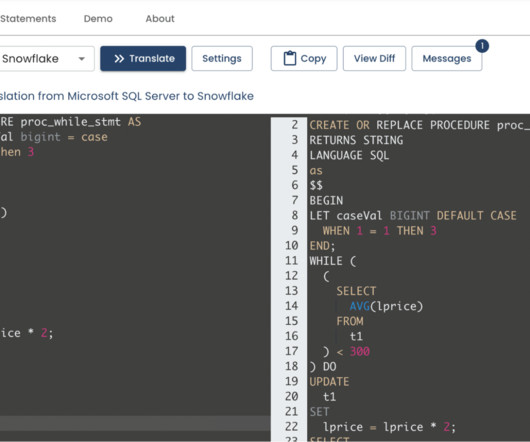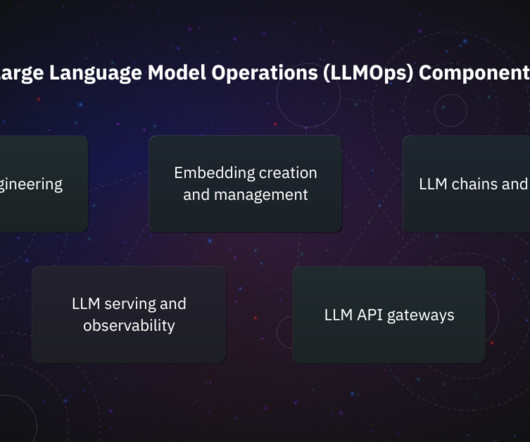Transforming financial analysis with CreditAI on Amazon Bedrock: Octus’s journey with AWS
AWS Machine Learning Blog
MARCH 10, 2025
It was built using a combination of in-house and external cloud services on Microsoft Azure for large language models (LLMs), Pinecone for vectorized databases, and Amazon Elastic Compute Cloud (Amazon EC2) for embeddings. This integrated workflow provides efficient query processing while maintaining response quality and system reliability.














Let's personalize your content